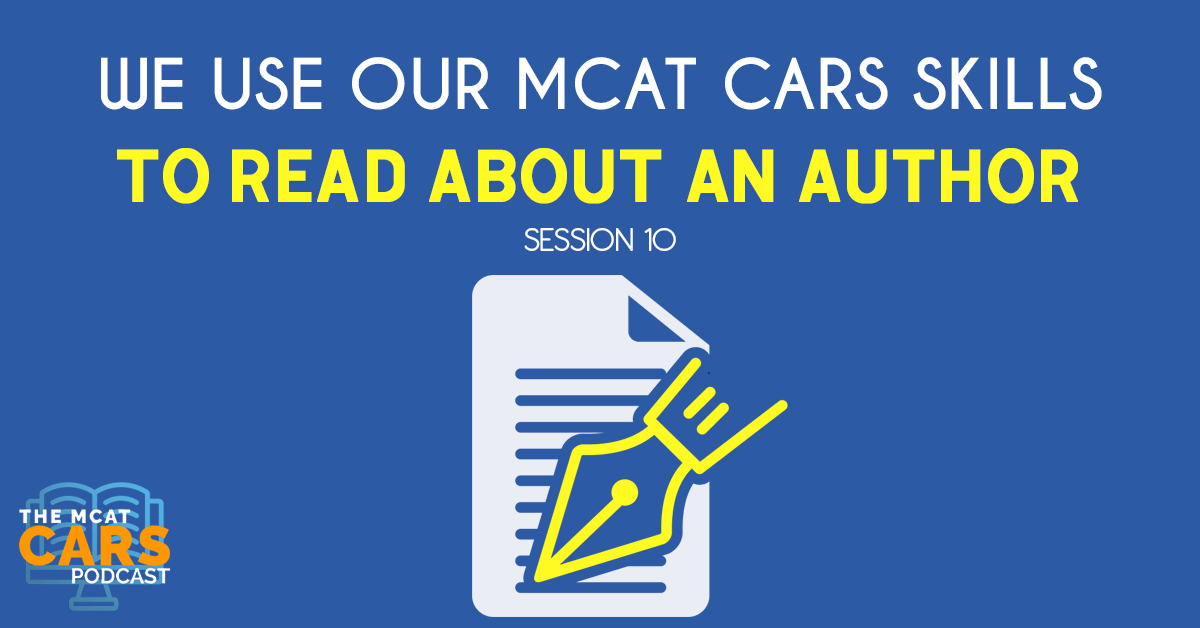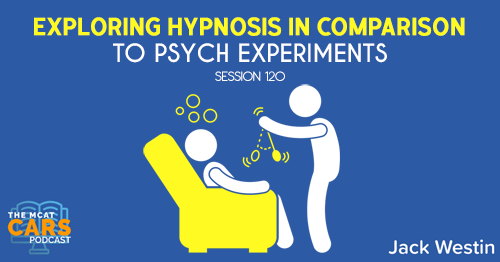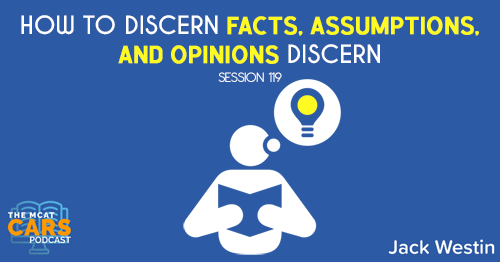Apple Podcasts | Google Podcasts

Session 10
Link to the full article: https://www.laphamsquarterly.org/rivalry-feud/varieties-ether
In 1931 Pearl S. Buck published the novel The Good Earth. Buck was born in the United States but raised in China, the daughter of fervent missionaries from West Virginia. When she was young, though, she grew disenchanted with her family’s calling, which presumed a condescending distance from the heathen masses. Instead, she sympathized with China’s everyday strivers. The Good Earth was about a Chinese farmer named Wang Lung whose thrifty ways and by-his-bootstraps determination protect his family during a time of great upheavals, from drought and famine to political revolution. Buck’s novel arrived at a moment, between the great wars, when Americans had become interested in China’s once-great civilization. The Good Earth was an immediate success, making Buck one of America’s foremost experts on all things Chinese and paving the way for an entire industry for stories about this distant and seemingly exotic land. Her influence spread through magazines, newspapers, Hollywood, the political sphere. She won the Pulitzer Prize and in 1938 became the first American woman to earn the Nobel Prize in Literature. Writers who hoped to be involved in the Asia story sought her approval. She was monolithic.
In the early 2000s, when I was a graduate student casting about for a research project, I became fascinated with Buck’s outsize influence. Decades after her successful run of 1930s and 1940s best sellers, surveys showed that many Americans still relied largely on Buck’s fiction for their understanding of China. But I wanted more friction to this story.
On the way home from the library, I would often stop at a local barbershop to buy the latest mixtapes from New York City crews like the Diplomats and G-Unit, DJs like Whoo Kid, Clue, and Kay Slay. It seemed like every few weeks new artists would emerge from nowhere by dissing whoever was just in front of them. Beefing with someone slightly more famous was how you came to understand the surface of the playing board, who was a king and who was a pawn. Hip-hop has always assumed a measure of antagonism, a mythology built on street-corner battles between rappers, dancers, and DJs. But occasionally these momentary rifts would take on lives of their own, and there has been no sturdier engine of change than full-fledged beefs. In the mid–1980s, the Bronx rapper KRS-One went after MC Shan for the simple reason that Shan had dared to record a song touting his neighborhood in Queens. Years later I was talking to a well-known rapper from around Shan’s way who said that KRS’ ferocity had crushed the entire borough’s esteem. Beef is what propelled artists like KRS and later Jay-Z and 50 Cent to new artistic heights.
Beef is how you won and another lost—and it’s how you understood in the first place that cultural supremacy could be a zero-sum contest. It’s how lesser lights showed everyone they were even worth listening to. My obsession with rappers dissing one another resulted in a strange detour in my scholarship. I became fixated on the possibilities of beef, rivalry, and jealousy not just as the story of the music I loved but as creative spurs. Pettiness and imagined slights could be generative. And it made me wonder: Did Buck have any rivals? Where were the writers who loathed her enough to try to do better?
When we are young, we are taught that great art comes from lofty, ambitious places—the pursuit of truth, beauty, the sublime. Artists struggle with themselves on behalf of the rest of us, in the hope that they might produce something that reflects back a small part of our collective soul, a part that might awe or reshape us. All of this proceeds from long-held beliefs involving muses and divine inspiration, elevating art to some rarefied zone of human exchange. A good book or a painting, we are told, can improve our lives. But rap music taught me a different story about inspirations and motives. When someone undeserving is praised too loudly, this, too, abets creativity.
[05:25] Paragraph 1, Sentences 1-2:
In 1931 Pearl S. Buck published the novel The Good Earth. Buck was born in the United States but raised in China, the daughter of fervent missionaries from West Virginia.
Jack says:
This is just painting of who Pearl S. Buck is and that her parents are fervent missionaries.
[06:07] Paragraph 1, Sentence 3:
When she was young, though, she grew disenchanted with her family’s calling, which presumed a condescending distance from the heathen masses.
Jack says:
This sentence says that she grew disenchanted with that calling to be a missionary. The last part is basically saying that her parents had a condescending attitude toward people who are evil, bad or whatever masses.
This is where most students can mess up thinking they should understand everything they read. But you don’t, if you got that bigger picture.
[07:55] Paragraph 1, Sentence 4:
Instead, she sympathized with China’s everyday strivers.
Jack says:
This is just saying that Pearl sympathizes with these heathen people.
[08:11] Paragraph 1, Sentence 5:
The Good Earth was about a Chinese farmer named Wang Lung whose thrifty ways and by-his-bootstraps determination protect his family during a time of great upheavals, from drought and famine to political revolution.
Jack says:
The author just talks about what the book is all about.
[08:32] Paragraph 1, Sentence 6:
Buck’s novel arrived at a moment, between the great wars, when Americans had become interested in China’s once-great civilization.
Jack says:
The book was published at a time when Americans were interested in China.
[08:51] Paragraph 1, Sentence 7:
The Good Earth was an immediate success, making Buck one of America’s foremost experts on all things Chinese and paving the way for an entire industry for stories about this distant and seemingly exotic land.
Jack says:
The book became popular resulting in this whole industry around writing about the Chinese or about China.
[09:17] Paragraph 1, Sentence 8:
Her influence spread through magazines, newspapers, Hollywood, the political sphere.
Jack says:
Everybody caught on to this interest in China.
[09:30] Paragraph 1, Sentence 9:
She won the Pulitzer Prize and in 1938 became the first American woman to earn the Nobel Prize in Literature.
Jack says:
Her book was well-received, praised, and won awards.
[09:40] Paragraph 1, Sentences 10-11:
Writers who hoped to be involved in the Asia story sought her approval. She was monolithic.
Jack says:
Others thought of her as the Messiah and wanted her approval. Monolithic probably means she’s the one and only, or some kind of a major rock.
[10:33] What Paragraph 1 Means:
The paragraph is just telling us about this author, how she was raised, her book, how well-received it was, and how everybody loved her. It’s long but an easy read. The density is what makes a passage challenging, not the length.
If you hear other people saying that the real test is so much longer, it’s really not. If it’s longer, it’s probably easier to read. The harder passages are usually short.
[11:30] Paragraph 2, Sentence 1:
In the early 2000s, when I was a graduate student casting about for a research project, I became fascinated with Buck’s outsize influence.
Jack says:
The author is talking about himself and how he got interested in Buck.
[11:48] Paragraph 2, Sentence 2:
Decades after her successful run of 1930s and 1940s best sellers, surveys showed that many Americans still relied largely on Buck’s fiction for their understanding of China.
Jack says:
The author is saying that a lot of people are still using the book to learn about China and understand China.
[12:15] Paragraph 2, Sentence 3:
But I wanted more friction to this story.
Jack says:
Friction is usually bad. So maybe the author is trying to look for the bad part of the story. So far, everyone bows down to Buck. In this case, maybe the author is looking for more stuff or something that’s bad about her.
[13:14] Paragraph 3, Sentence 1:
On the way home from the library, I would often stop at a local barbershop to buy the latest mixtapes from New York City crews like the Diplomats and G-Unit, DJs like Whoo Kid, Clue, and Kay Slay.
Jack says:
Now, the author is talking about walking home from the library and buying mixtapes from DJs and rappers.
[13:44] Paragraph 3, Sentence 2:
It seemed like every few weeks new artists would emerge from nowhere by dissing whoever was just in front of them.
Jack says:
It seems like a random stuff being written. You’d probably think whether you’re reading the same article. And this can throw off a lot of people. But you can’t lose track of what was going on before where we talked about Buck and how she was amazing. Somehow, they’re going to connect this stuff to Buck. So be careful with that.
[14:38] Paragraph 3, Sentence 3:
Beefing with someone slightly more famous was how you came to understand the surface of the playing board, who was a king and who was a pawn.
Jack says:
This can be confusing for some people. Beefing is tough to understand unless you’re aware of American culture. It’s not used often. But right before it, it says “by dissing whoever was just in front of them.” So we now know that dissing is insulting. Hence, beefing may relate to insulting or dissing in some way.
Something interesting is that the words king and pawn were mentioned, which references chess. You may not play chess but obviously, the king is the most important piece of the chess board. You have to protect that and it’s really the whole point of the game. While a pawn is one of the soldiers and may die early on in the game. This is trying to show us that with beefing or dissing, we can see who’s strong and who’s not.
[16:20] Paragraph 3, Sentence 4:
Hip-hop has always assumed a measure of antagonism, a mythology built on street-corner battles between rappers, dancers, and DJs.
Jack says:
It paints a picture of hip-hop and where it came from.
[16:35] Paragraph 3, Sentence 5:
But occasionally these momentary rifts would take on lives of their own, and there has been no sturdier engine of change than full-fledged beefs.
Jack says:
These battles between rappers, dancers, and DJs, taking on a life of their own.
[17:00] Paragraph 3, Sentence 6:
In the mid–1980s, the Bronx rapper KRS-One went after MC Shan for the simple reason that Shan had dared to record a song touting his neighborhood in Queens.
Jack says:
The author is giving an example of one rapper going after another.
[17:19] Paragraph 3, Sentence 7:
Years later I was talking to a well-known rapper from around Shan’s way who said that KRS’ ferocity had crushed the entire borough’s esteem.
Jack says:
So this beef that went on between the two rappers had an unintended consequence of crushing the borough’s esteem.
[17:46] Paragraph 3, Sentence 8:
Beef is what propelled artists like KRS and later Jay-Z and 50 Cent to new artistic heights.
Jack says:
It’s this “beef” complex that helped certain artists to more fame and more artistic heights. So beef seems to be something that helps artists in some way. It makes them get better and become better artists.
[18:40] Paragraph 4, Sentence 1:
Beef is how you won and another lost—and it’s how you understood in the first place that cultural supremacy could be a zero-sum contest.
Jack says:
Beef is how you won and another lost. Zero-sum is another way of saying that. Zero means you didn’t win anything while sum means you won. The rest is not important compared to the first half of the sentence.
[20:05] Paragraph 4, Sentence 2:
It’s how lesser lights showed everyone they were even worth listening to.
Jack says:
Lesser lights could mean less famous or not as good. It’s referring to people who may not be the most popular or the most well-regarded. And they’re using beefs to show they’re worth listening to.
[20:50] Paragraph 4, Sentence 3:
My obsession with rappers dissing one another resulted in a strange detour in my scholarship.
Jack says:
The author was saying he’s obsessing in beefs that it resulted in a detour from his research project/scholarship. “Scholarship” could confuse a lot of students. But here, it just refers to the author’s schooling.
[21:37] Paragraph 4, Sentence 4:
I became fixated on the possibilities of beef, rivalry, and jealousy not just as the story of the music I loved but as creative spurs.
Jack says:
The author is talking about why he loves the beefs, rivalry, and jealousy. And he sees that as a way to spur creativity.
[22:05] Paragraph 4, Sentence 5:
Pettiness and imagined slights could be generative.
Jack says:
By generative, the author is saying “generative” to creativity. You generate creativity, so it’s probably along the same line as creative spurs.
[22:28] Paragraph 4, Sentence 6:
And it made me wonder: Did Buck have any rivals? Where were the writers who loathed her enough to try to do better?
Jack says:
Buck was praised so much so where are these writers who didn’t like her? There’s got to be someone out there trying to do better. This is the “friction” he’s referring to.
[22:32] Paragraph 5, Sentence 1:
When we are young, we are taught that great art comes from lofty, ambitious places—the pursuit of truth, beauty, the sublime.
Jack says:
This seems to be different from what the author originally stated. Maybe this is how most people think that it comes from things that are opposite of conflict, or at least not related to conflict.
[24:18] Paragraph 5, Sentence 2:
Artists struggle with themselves on behalf of the rest of us, in the hope that they might produce something that reflects back a small part of our collective soul, a part that might awe or reshape us.
Jack says:
They’re just struggling with themselves to create something good.
[24:57] Paragraph 5, Sentence 3:
All of this proceeds from long-held beliefs involving muses and divine inspiration, elevating art to some rarefied zone of human exchange.
Jack says:
It seems very noble, like a higher calling.
[25:55] Paragraph 5, Sentence 4-6:
A good book or a painting, we are told, can improve our lives. But rap music taught me a different story about inspirations and motives. When someone undeserving is praised too loudly, this, too, abets creativity.
Jack says:
The author is going back to the rap paragraph. It’s referencing “beef.” If you’re undeserving of the praise, maybe that should lead to beef, which leads to some creativity.
This paints the picture as to how most people perceive creativity. Most people think it’s something that just comes out within us. But maybe, it’s actually something that involves conflict with other people, and not necessarily something that is a conflict within yourself but with other outside elements.
[27:50] The Big Takeaway
Conflict (dissing, beefing, etc.) leads to creativity. The author only brought up Buck to prove the author’s point. So Buck wasn’t an essential part of this piece so it’s not that important.
The bigger argument is how to bring in creativity. The author was actually questioning how Buck became so creative when there wasn’t any conflict. Although Buck’s conflict could actually be the disenchantment from her family.
At the end of the day, the point the author is trying to make is that conflict creates creativity.
Links:
SEARCH SITE
SEARCH SITE
LISTEN FOR FREE











